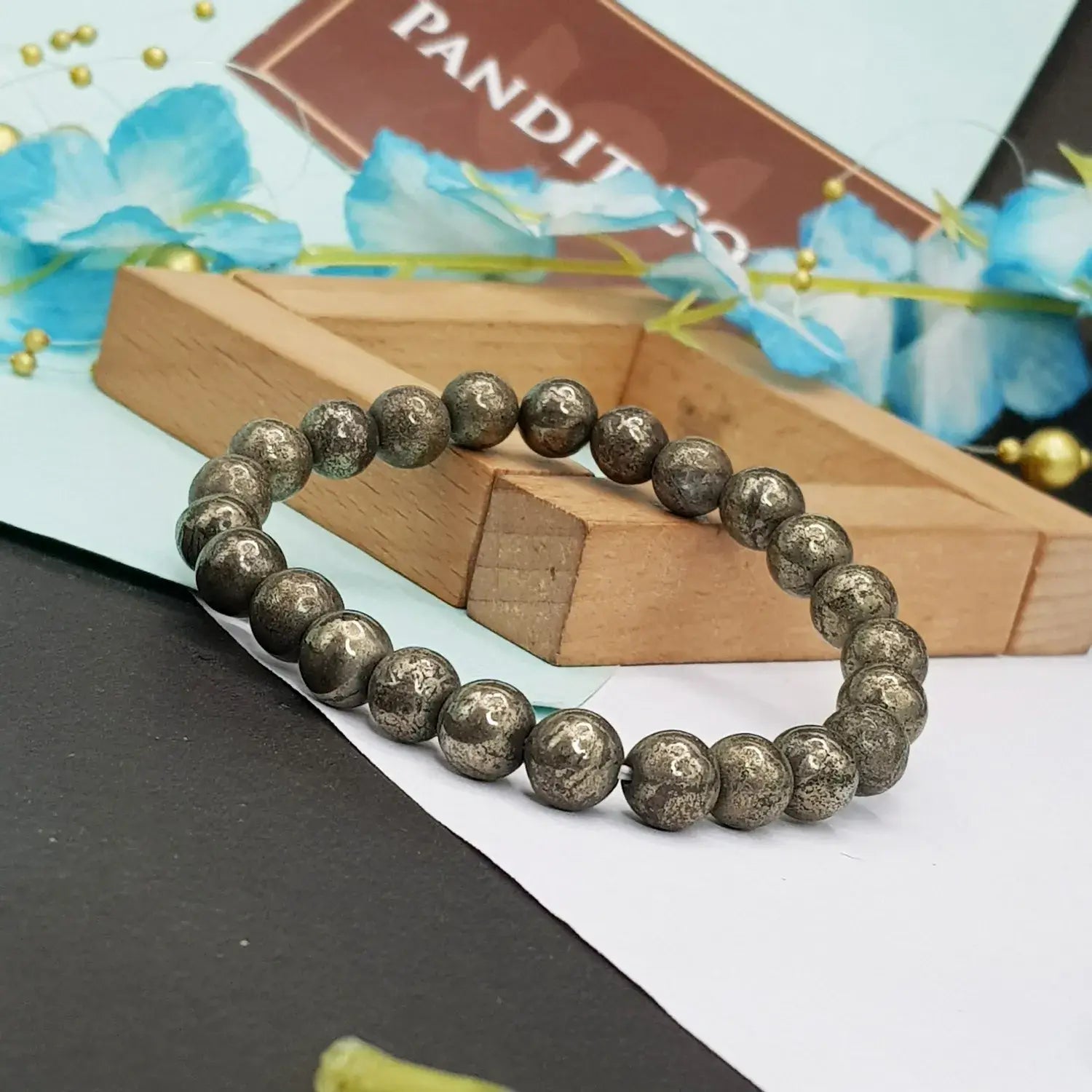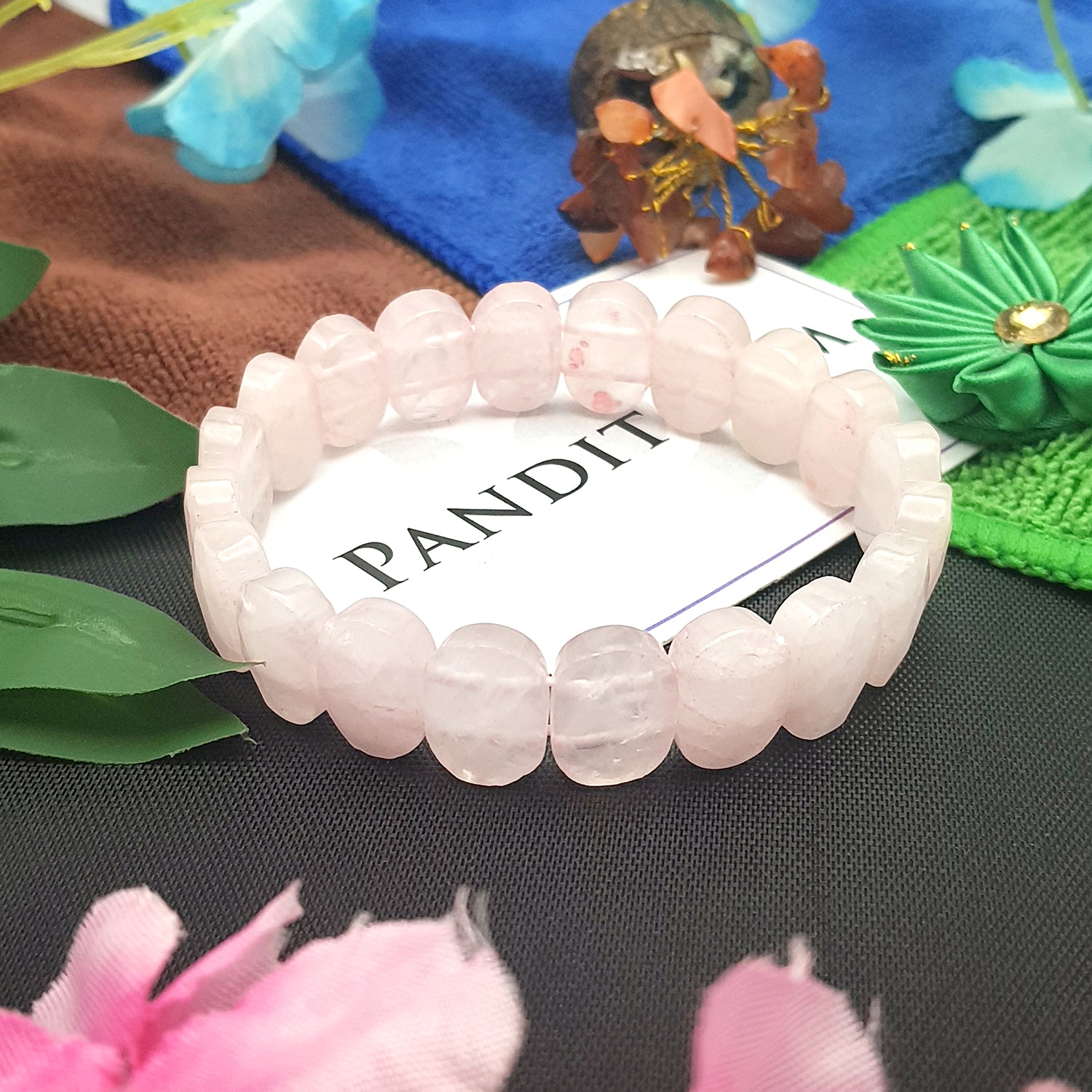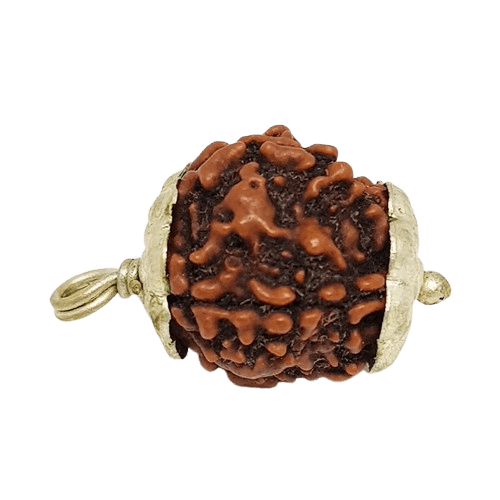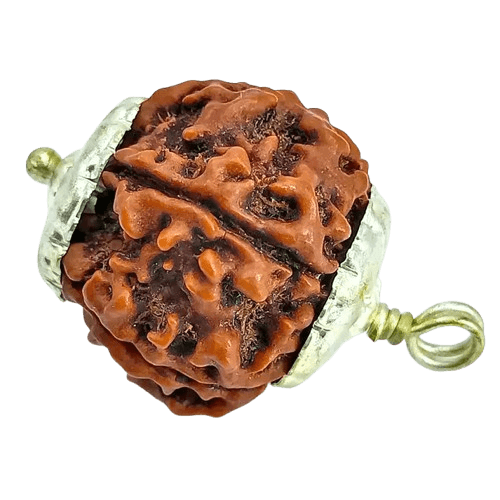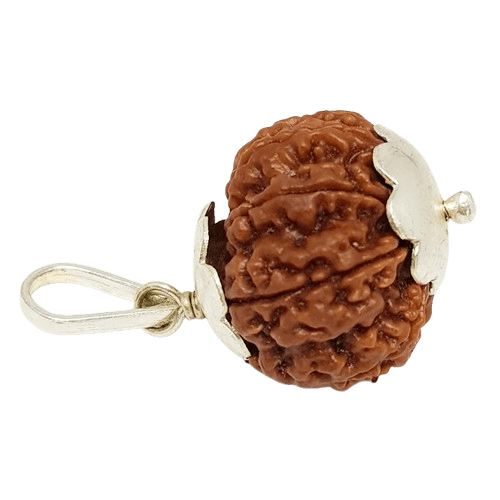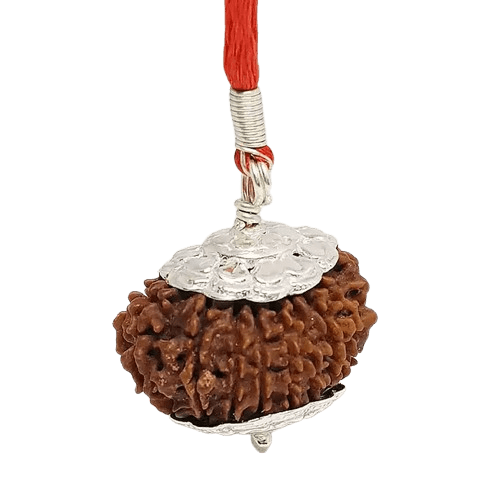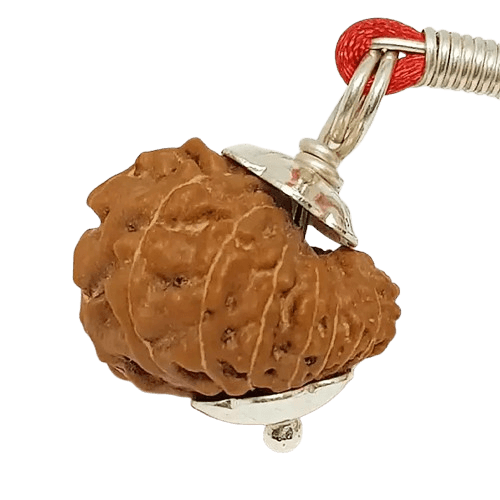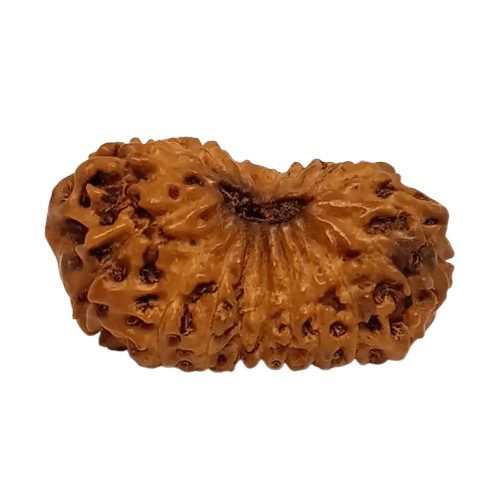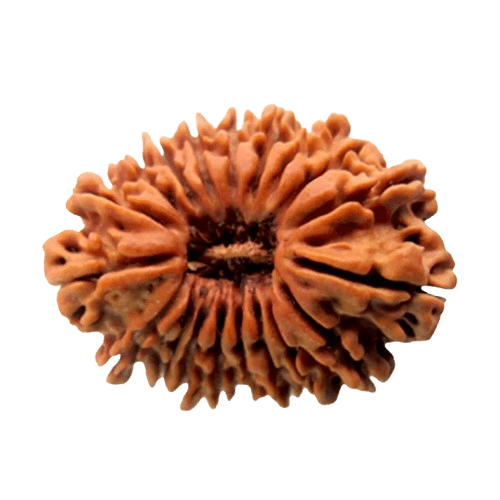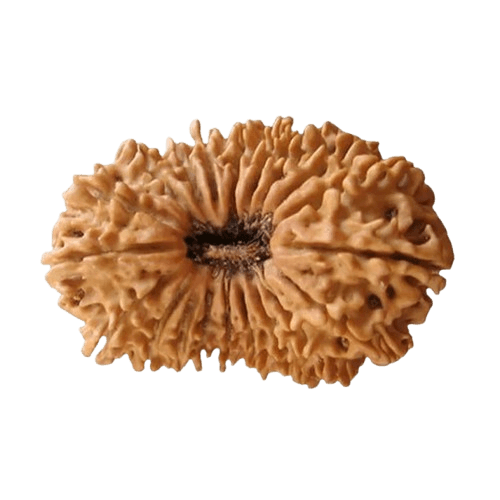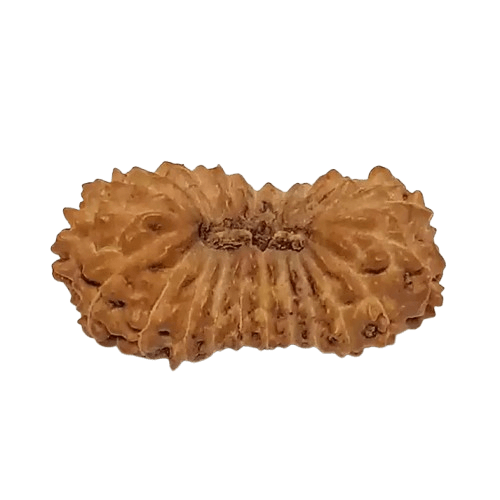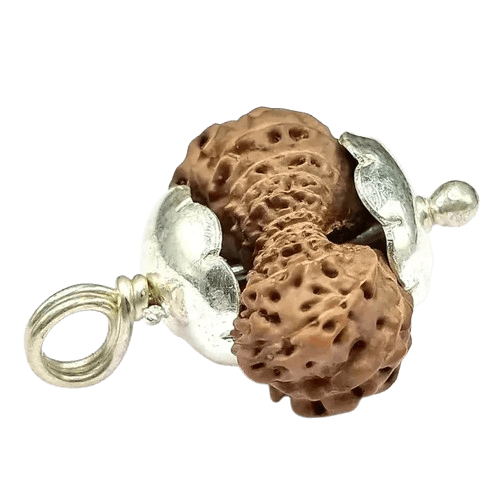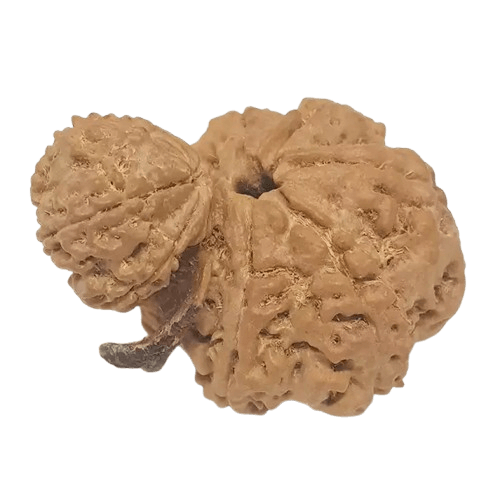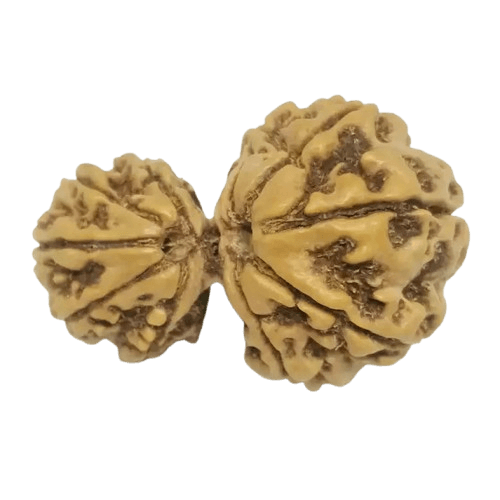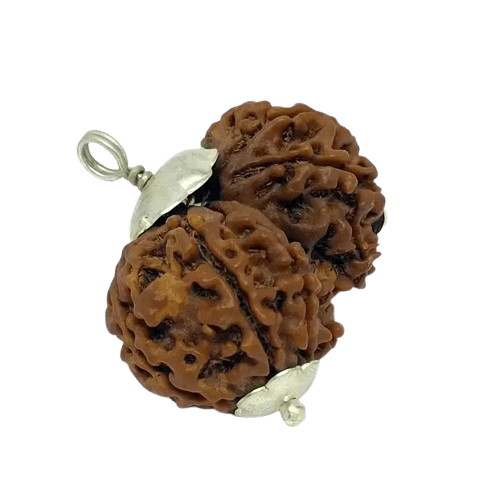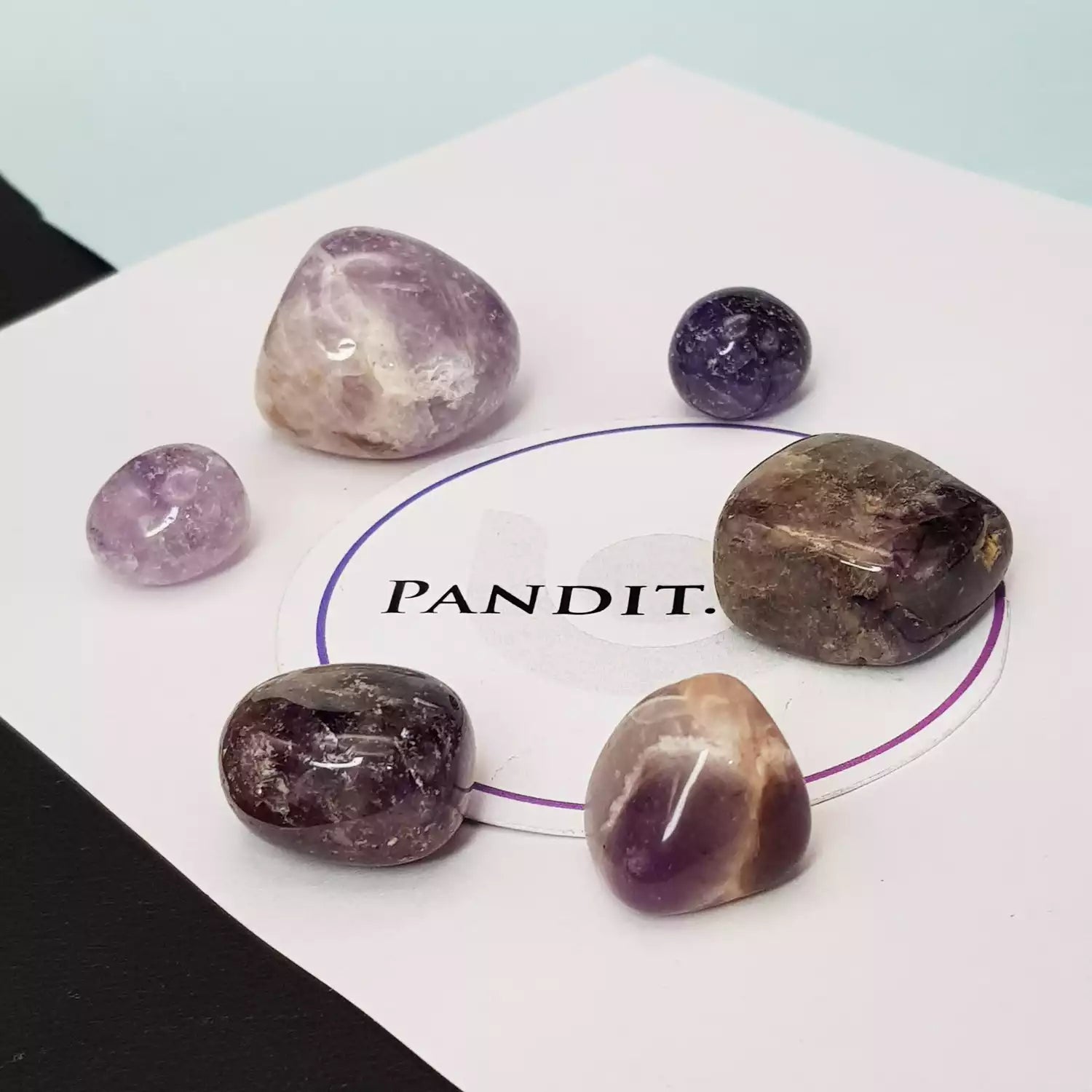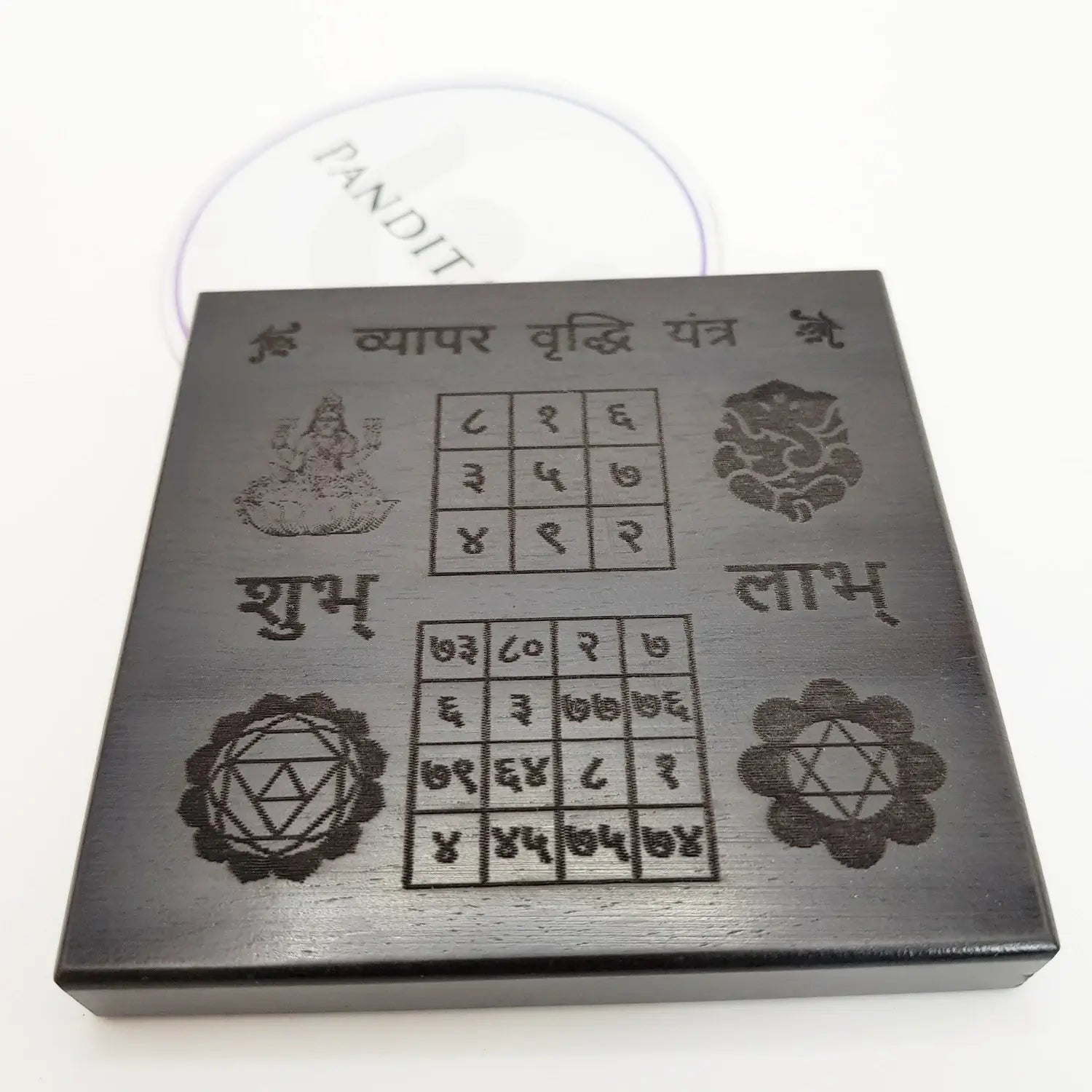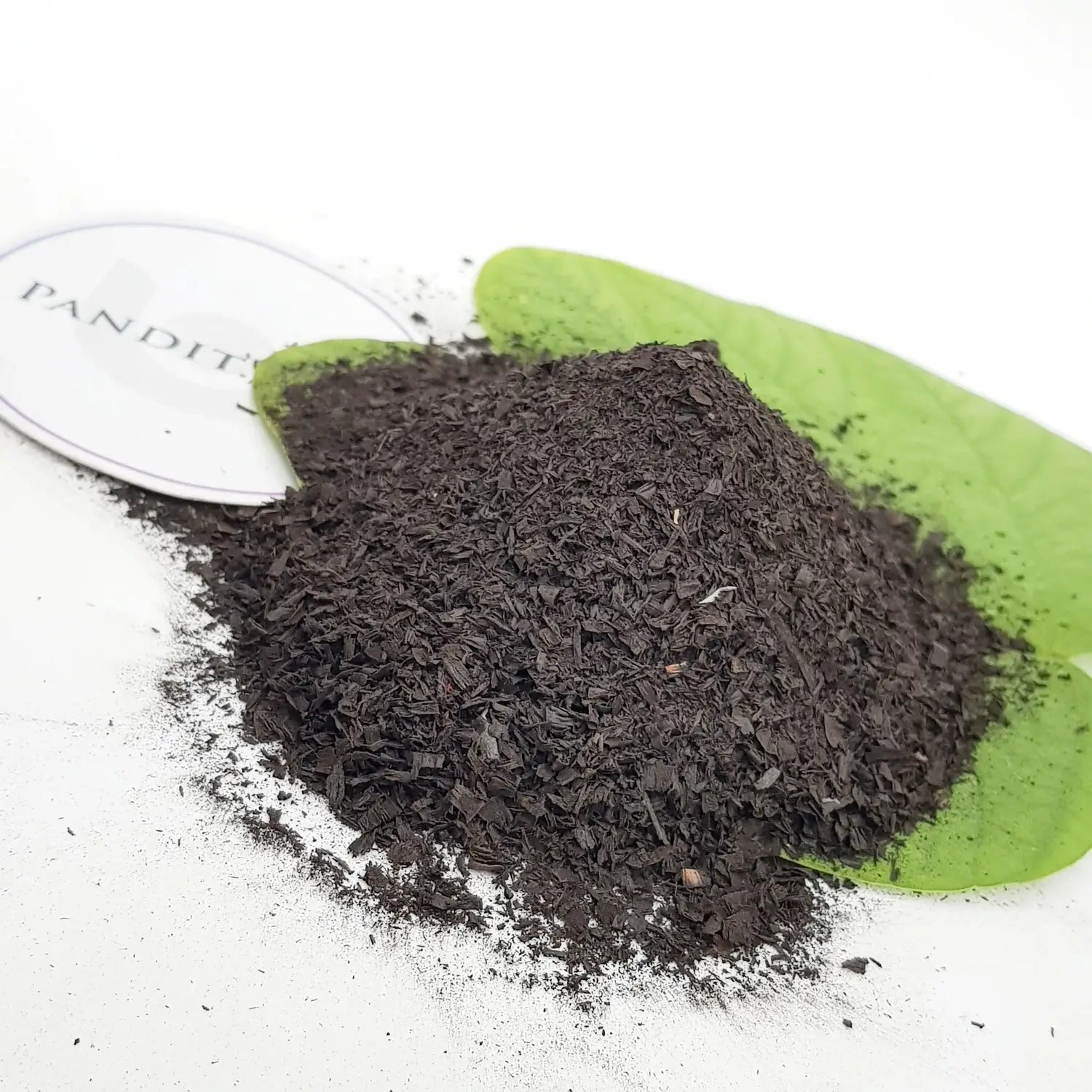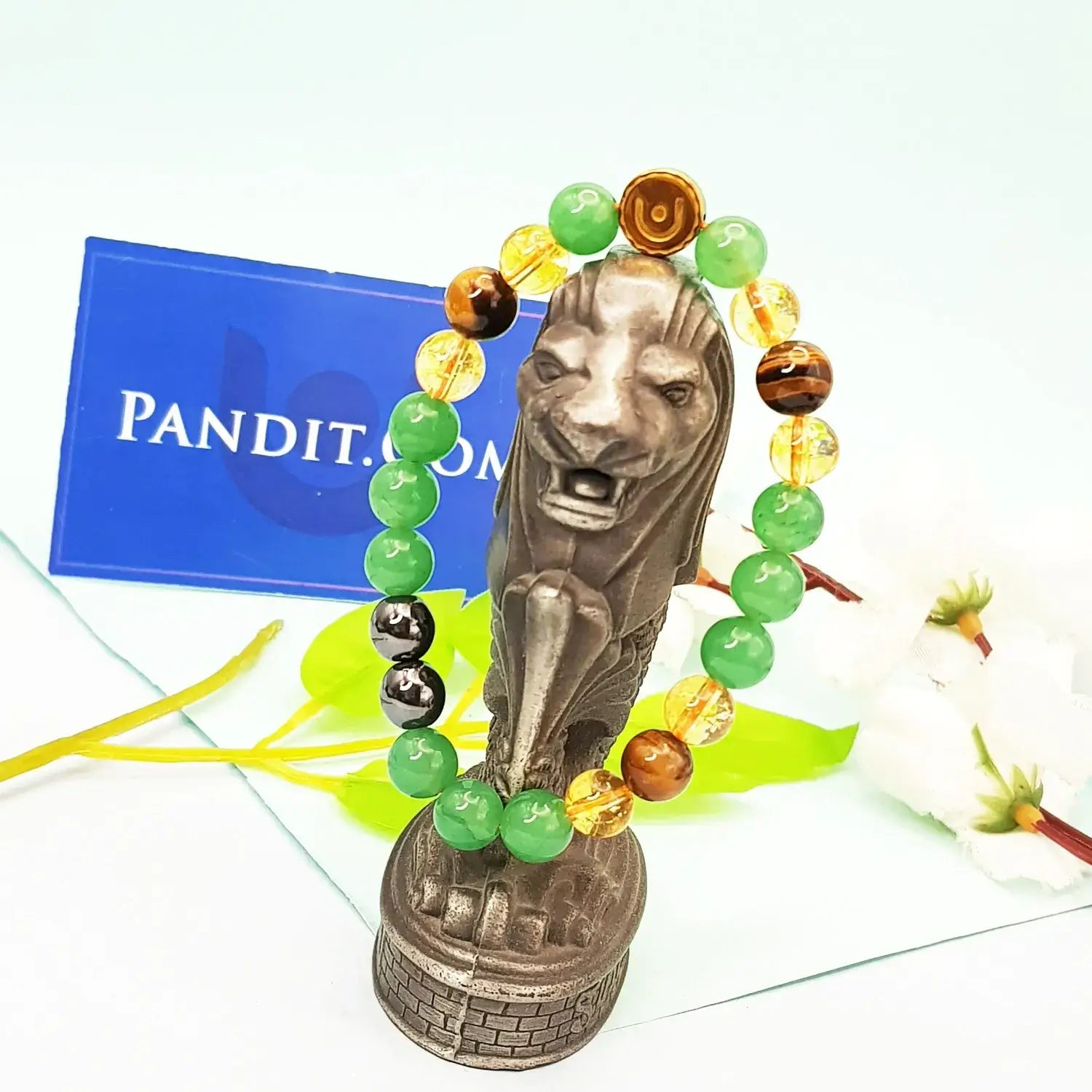
‘Ekadashis’ fall on every fortnight around the year, which basically means there are around 24 ‘Ekadashis’ or sacred days in a year dedicated to the beloved deity Lord Vishnu. Out of all 24, ‘Nirjala Ekadashi’ is considered as the most pious and significant one. It is observed on the 11th Lunar day of the Hindu month, ‘Jyeshtha’, which is somewhere in May-June according to the Gregorian calendar. ‘Nirjala’ means without water and thus devotees have to observe a very strict fast of not consuming water and food the entire day and night, which becomes indispensable as the fast is observed on a hot summer day. Still, a lot of people observe this fast as it is said to bring in the good of doing all 24 ‘Ekadishis’ in one day for those who observe this fast.
What is the story behind ‘Nirjala Ekadashi’?
During the great war of Mahabharata in the ‘Dwapar Yug’, the five ‘Pandavas’ (Yudhishthar, Bhima, Arjuna, Nakul and Sehdeva) along with their wife, ‘Draupadi’used to observe all the 24 ‘Ekadashis’ to seek blessings from Lord Vishnu. With the exception of the second brother, ‘Bhima’ who could not control his hunger and as a result was unable to observe fast like the rest of his clan. An upset ‘Bhima’ went to the great sage ‘Vyasa’ and told him his problem. The great sage told ‘Bhima’ about the importance of ‘Nirjala Ekadashi’ and how if he observes fast on this day, he will get the benefits or blessings of doing all the ‘Ekadashis’. ‘Bhima’ became very happy and observed this difficult fast. Since he did not eat or drink for one whole day and night, the next morning he lost his consciousness. On the next sunrise he offered holy ‘Ganga’ water and basil leaves to Lord Vishnu who blessed him. The tradition has been followed since then. ‘Nirjala Ekadashi’ therefore, is also called ‘Bhima Ekadashi’.
What are the rituals one has to follow while observing the ‘Nirjala Ekadashi Vrat’?
- Devotees perform the evening prayers or ‘Sandhyavanadanam’ on the evening of the day prior to the fasting day.
- They abstain from eating rice on this day as well as on the day when the complete the fast as it is not considered auspicious.
- The devotee should have one single tiny drop of water as per the ritual of ‘ Achamana’ or purification.
- An image or idol Lord Vishnu or a ‘Shaligram’ stone is bathed with ‘Panchamrita’ and then with water.
- The idol is then dressed up in fine clothes and adorned with jewelry.
- Flowers, incense sticks, holy water, ‘Diya’ and a hand fan are offered to the deity.
- Devotee along with his whole family worship Lord Vishnu with ‘grass’ in the evening. They chant mantras and recite prayers in order to praise the lord.
- Devotees generally remain awake the whole night and perform the ritual of, ‘Jaagran’.
- People do a lot of charity this day as it is considered quite pious. They donate clothes, food items, hand fans, pitchers, umbrellas, gold etc. to the priests as well as the poverty ridden.
What are the benefits one can receive from observing this fast?
It is said that the devotees who fast on this auspicious day gain favor from Lord Vishnu. One is blessed with health, wealth, prosperity and happiness in all spheres of life. All his past sins or deeds are forgiven and he/she moves forward on the path of ‘moksha’ or salvation. The devotee is blessed by Lord Yam (God of Death) at the time of his death.


